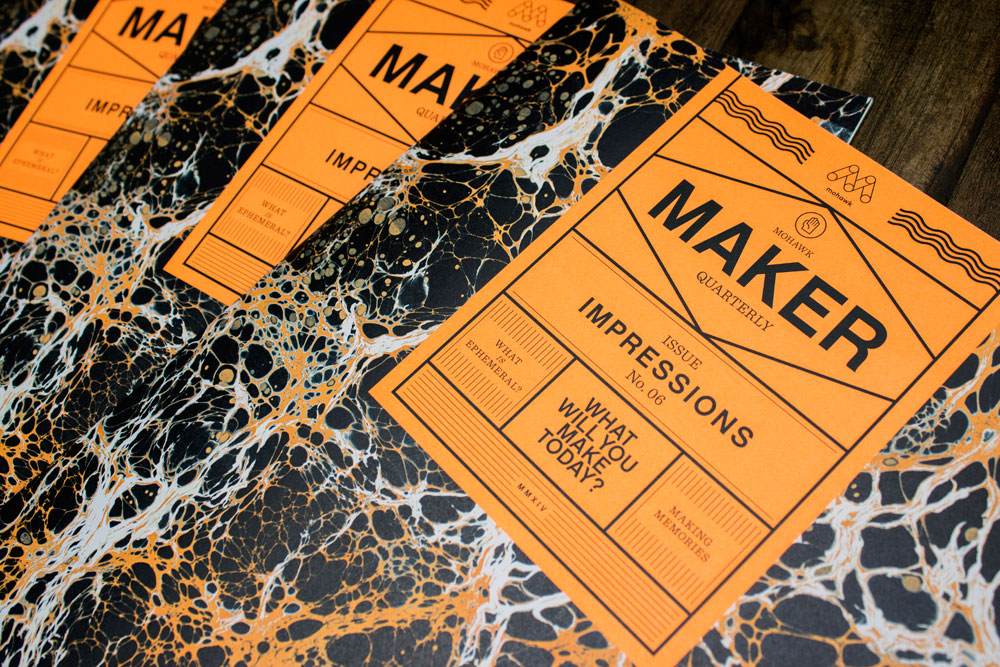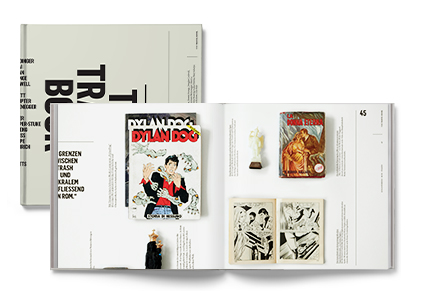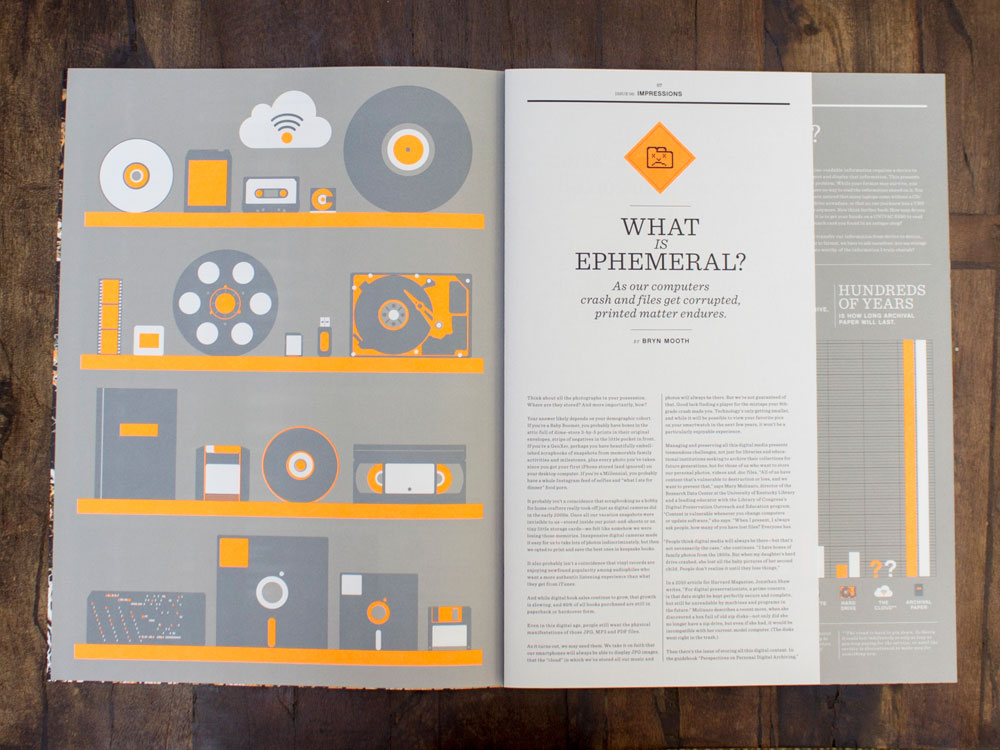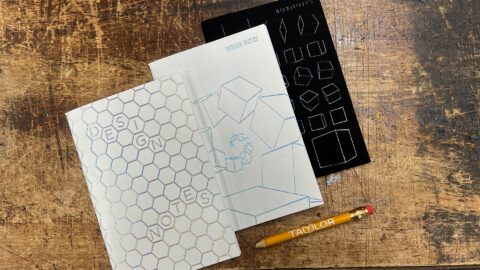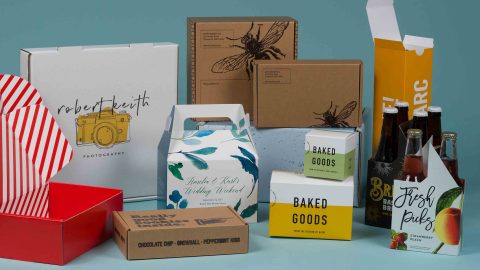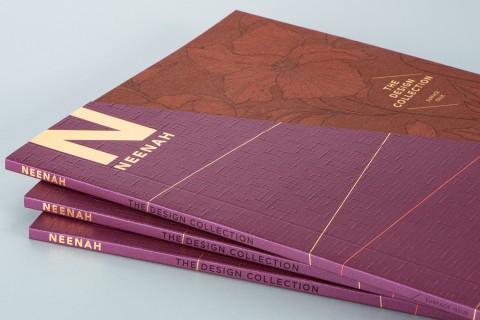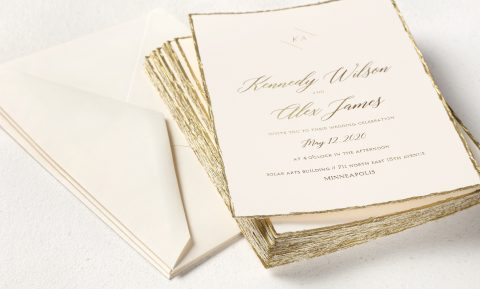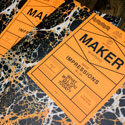
Digital devices are the new gatekeepers of our personal information, and not as dependable as we think. We take care to store the information that matters most to us on computers, servers, backup hard drives and in the cloud. But our efforts may be less permanent than we believe.
Think about the photographs in your possession. Where are they stored? And more importantly, how?
Your answer likely depends on your demographic. If you’re a Baby Boomer, you probably have boxes in the attic full of dime-store 3-x-5 prints in their original envelopes, strips of negatives in the little pocket in front. If you’re a Gen Xer, perhaps you have beautifully embellished scrapbooks of snapshots from memorable family activities and milestones, plus every photo you’ve taken since you got your first iPhone stored (and ignored) on your desktop computer. If you’re a Millennial, you probably have a whole Instagram feed of selfies and “what I ate for dinner” food porn.
It probably isn’t a coincidence that scrapbooking as a hobby for home crafters really took off just as digital cameras did in the early 2000s. Once all our vacation snapshots were invisible to us – stored inside of our point-and-shoots or on tiny little storage cards – we felt like somehow we were losing those memories. Inexpensive digital cameras made it easy for us to take lots of photos indiscriminately, but then we opted to print and save the best ones in keepsake books.
It also probably isn’t a coincidence that vinyl records are enjoying newfound popularity among audiophiles who want a more authentic listening experience than what they get from iTunes.
Even in this digital age, people still want the physical manifestation of those JPG, MP3 and PDF files. And as it turns out, we may need them. We take it on faith that our smartphones will always be able to display JPG images, and that the cloud in which we’ve stored all our music and photos will always be there. But we’re not guaranteed of that. Good luck finding a player for the mixtape your 8th grade crush made you. Technology’s only getting smaller and, while it will be possible to view your favorite pics on your smartwatch in the next few years, it won’t be a particularly enjoyable experience.
Managing and preserving all this digital media presents tremendous challenges not only for libraries and educational institutions seeking to archive their collections for future generations, but for those of us who want to store our personal photos.
Mary Molinaro, director of the Research Data Center at the University of Kentucky Library and a leading educator with the Library of Congress’ Digital Preservation Outreach and Education Program says, “content is vulnerable whenever you change computers or update software. When I present, I always ask people, how many of you have lost files? Everyone has.
“People think digital media will always be there – but that’s not necessarily always the case. I have boxes of family photos from the 1800s, but when my daughter’s hard drive crashed, she lost all the baby pictures of her second child. People don’t realize it until they lose things.”
In an age when each of us has thousands of photos, images, songs, e-books and documents out of sight and out of mind on our desktops or in the cloud, we’re entirely disconnected from all of it. Our relationship with all this digital stuff is so temporary and distant – even if we don’t give that relationship much thought. But as creators and makers, we value things that make an impression, that are more permanent. We use technology as a means to produce our work, yet we prefer the physical product that results.
Companies like Blurb marry technology with print, and allow you to transform your digitally stored memories into physical form. Blurb’s independent publishing platform allows users to easily create any kind of book – whether it’s a photo book, trade publication, or magazine. Whether documenting personal passions or global adventures, or showcasing images from a recent birth or wedding, you can harness treasured memories from the cloud into an archival quality coffee table book that will stand the test of time.
In a presentation to the American Association for the Advancement of Science, Internet pioneer and Google’s Chief Internet Evangelist, Vint Cerf, warned that the issue of digital data loss isn’t just a problem in the here and now, but rather has sweeping historical consequences. We can’t possibly know how valuable these materials will be decades or centuries from now. Family photos will be important to our descendants, and important research being done today will be vital to future scientists. We’re facing a “forgotten generation or even a forgotten century,” Cerf said.
“We digitize things because we think we will preserve them, but what we don’t understand is that unless we take other steps, those digital versions may not be any better, and may even be worse, than the artifacts that we digitized,” Cerf said in a 2015 article for The Guardian newspaper. “If there are photos you really care about, print them out.”
A portion of this article originally appeared in the Mohawk Maker Quarterly, Issue No. 06, written by Bryn Mooth. For additional inspiration about the power of print, subscribe to the Mohawk Maker Quarterly here.
PaperSpecs readers, enter to win one of 50 copies of the brand new Mohawk Maker Quarterly No. 6! Hurry, contest ends May 21st!
SORRY THIS OFFER HAS EXPIRED
